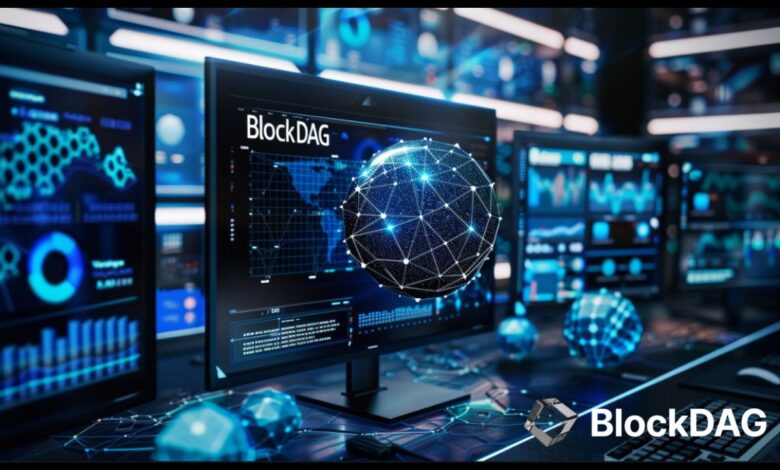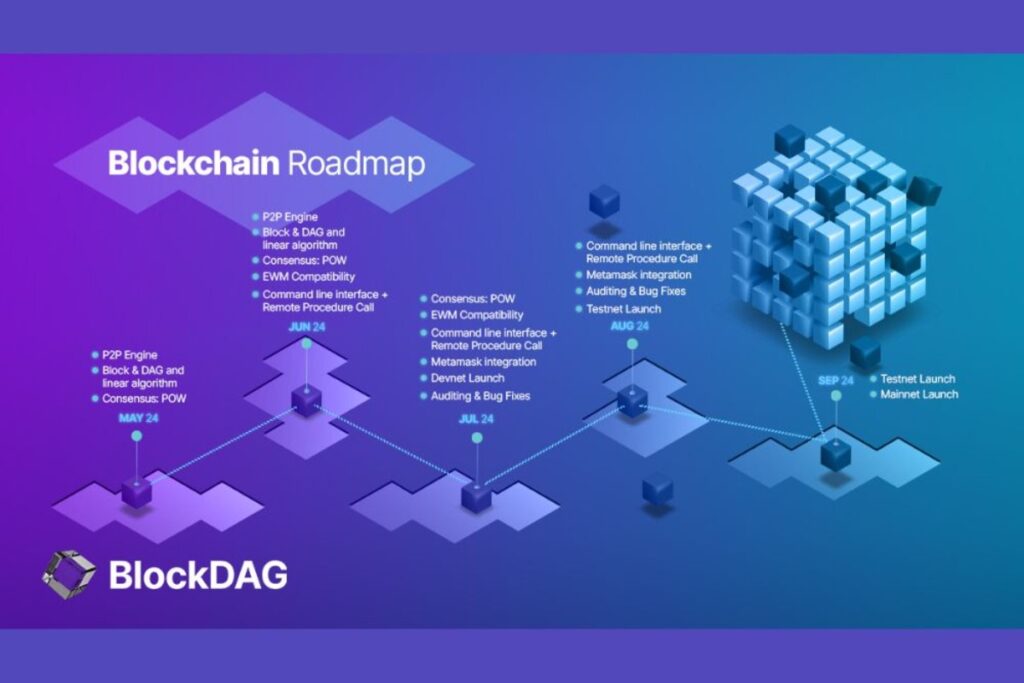BlockDAG vs Blockchain: Understanding the Evolution of Distributed Ledger Technology

In the realm of distributed ledger technologies (DLTs), BlockDAG vs Blockchain represent two prominent methodologies that have garnered significant attention. Each offers unique features and capabilities that cater to diverse applications and scalability needs. This article delves into the differences, similarities, and applications of BlockDAG vs Blockchain, exploring their respective impacts on the future of decentralized systems.
What is Blockchain Technology?
Blockchain, initially popularized by Bitcoin, is a sequential chain of blocks linked through cryptographic hashes. Each block contains a batch of transactions validated by consensus mechanisms such as Proof of Work (PoW) or Proof of Stake (PoS). These transactions are recorded in a linear sequence, forming an immutable ledger that ensures transparency and security. Blockchain’s design emphasizes security and decentralization, making it ideal for applications like cryptocurrency, supply chain management, and smart contracts.
Understanding BlockDAG
BlockDAG, short for Directed Acyclic Graph, diverges from Blockchain’s linear structure. It arranges transactions in a graph format where multiple blocks can be added simultaneously. Unlike Blockchain, BlockDAG does not rely on a single chain; instead, it leverages a network of interconnected blocks (nodes) where each block references previous transactions. This structure enables faster transaction confirmations and scalability improvements, making it suitable for applications requiring high throughput, such as Internet of Things (IoT) devices and decentralized applications (dApps).
Key Differences in Structure and Consensus
Structure:
- Blockchain: Linear chain of blocks, each referencing a single previous block.
- BlockDAG: Graph-like structure where multiple blocks can reference multiple previous blocks, forming a directed acyclic graph.
Consensus Mechanisms:
- Blockchain: Typically uses PoW (Proof of Work) or PoS (Proof of Stake) for consensus.
- BlockDAG: Utilizes protocols like DAGchain and Tangle, incorporating variations of consensus algorithms such as DAG-based PoW or asynchronous Byzantine Fault Tolerance (aBFT).
Scalability and Transaction Speeds
Blockchain faces scalability challenges due to its linear nature and block size limitations. As transaction volumes increase, network congestion and slower confirmations can occur. BlockDAG addresses these issues by allowing parallel processing of transactions, enhancing throughput and reducing latency. This scalability advantage makes BlockDAG suitable for applications demanding rapid transaction speeds and high-volume data processing.
Applications of BlockDAG vs Blockchain
- Blockchain Applications:
- Cryptocurrencies (e.g., Bitcoin, Ethereum)
- Supply Chain Management
- Voting Systems
- Smart Contracts
- BlockDAG Applications:
- IoT Networks
- Decentralized Applications (dApps)
- Real-time Payment Systems
- Data Integrity Verification

Conclusion
In conclusion, both BlockDAG vs Blockchain represent significant advancements in distributed ledger technology, each offering distinct advantages tailored to specific use cases. Blockchain’s linear structure ensures robust security and decentralization, making it ideal for financial transactions and data integrity applications. On the other hand, BlockDAG’s graph-based architecture enhances scalability and transaction speeds, catering to emerging technologies like IoT and real-time applications.
As the landscape of DLT continues to evolve, the choice between BlockDAG vs Blockchain depends on factors such as application requirements, scalability needs, and consensus preferences. Both technologies contribute to the decentralization revolution, paving the way for innovative solutions across various industries.







